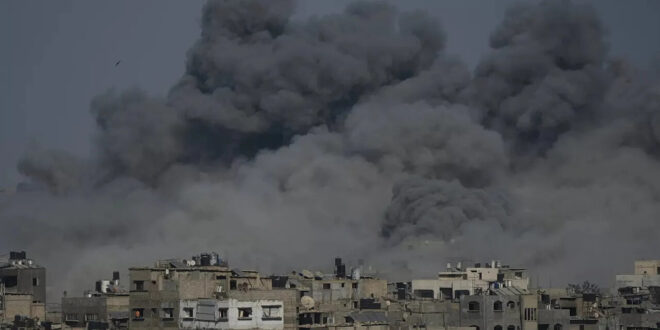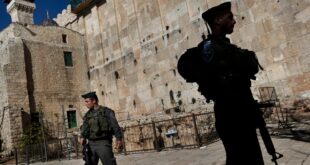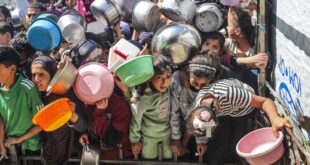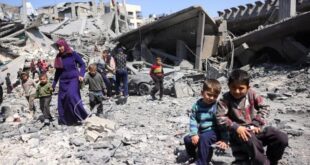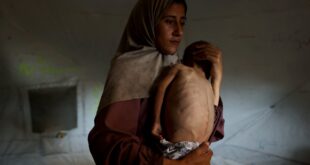Nearly one million Palestinians reportedly remain trapped in Gaza’s largest urban center after almost two years of bombardment and siege. In the days leading up to the announcement, Israeli artillery and warplanes pounded Gaza City’s outskirts, particularly Zeitoun and Sabra. Satellite images show vast sections of these neighborhoods flattened in mere weeks.
Feryal Ahmed, who survived an Israeli airstrike in Zeitoun, told Al Jazeera she had been asleep when the roof collapsed above her. “I threw on my prayer gown and called for my children, but the rubble and dust made it impossible to see them.” Civil Defense teams say hundreds remain trapped beneath collapsed buildings, with entire families buried alive.
The devastation reflects what rights groups describe as a deliberate campaign to drive civilians southward. Israeli tanks have already pushed deeper into Sabra, while reports suggest the security cabinet has approved a broader plan to seize Gaza City by surrounding it, forcing civilians to flee, and razing neighborhoods block by block.
During a visit to troops near Gaza on August 21, Prime Minister Benjamin Netanyahu vowed to press ahead with the Gaza City offensive despite global condemnation.
The escalation comes despite Hamas recently accepting a ceasefire proposal that mediators said was “98 percent of [U.S. envoy Steve] Witkoff’s plan.” Israel rejected it, opting instead for renewed combat.
Analysts and human rights groups argue this shows Tel Aviv’s disinterest in a negotiated solution. Amnesty International, B’Tselem, and UN experts have labeled the campaign genocidal, citing systematic attacks on civilians and obstruction of aid.
The International Criminal Court (ICC) has issued arrest warrants for Netanyahu and former War Minister Yoav Gallant, while Israel also faces a genocide case at the ICC.
 who is the killer official website
who is the killer official website

